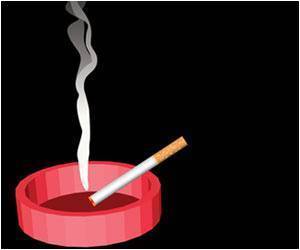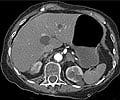Plain tobacco packaging reduces cigarette-seeking response by almost ten percent, reveals a new study.

Lead author Lee Hogarth said that the key finding was that plain cigarette packs were about 10 percent less likely to prompt participants to make the tobacco choice compared to branded packs.
In fact, the plain packs promoted no more tobacco choice than when nothing was presented. These findings provide experimental support for the idea that introducing plain packaging might reduce tobacco purchasing or consumption.
However, the researchers also advise caution when interpreting these results. As co-author Marcus Munafo from the University of Bristol explained that the experimental procedure only modelled the ability of pack stimuli to promote a cigarette-seeking choice.
In the natural environment, smoking may be governed by a whole range of factors, including tobacco withdrawal, the presence of other people smoking, time of day, and so on. It is not clear to what extent plain packaging will reduce smoking when these other factors are at play.
Hogarth added that their study demonstrated that, under some circumstances, plain packaging can reduce cigarette-seeking behaviour. Policy makers must consider how much weight to place on this observation when considering the potential pros and cons of introducing plain packing as a national policy.
Advertisement
The study is published in the journal Addiction.
Advertisement















